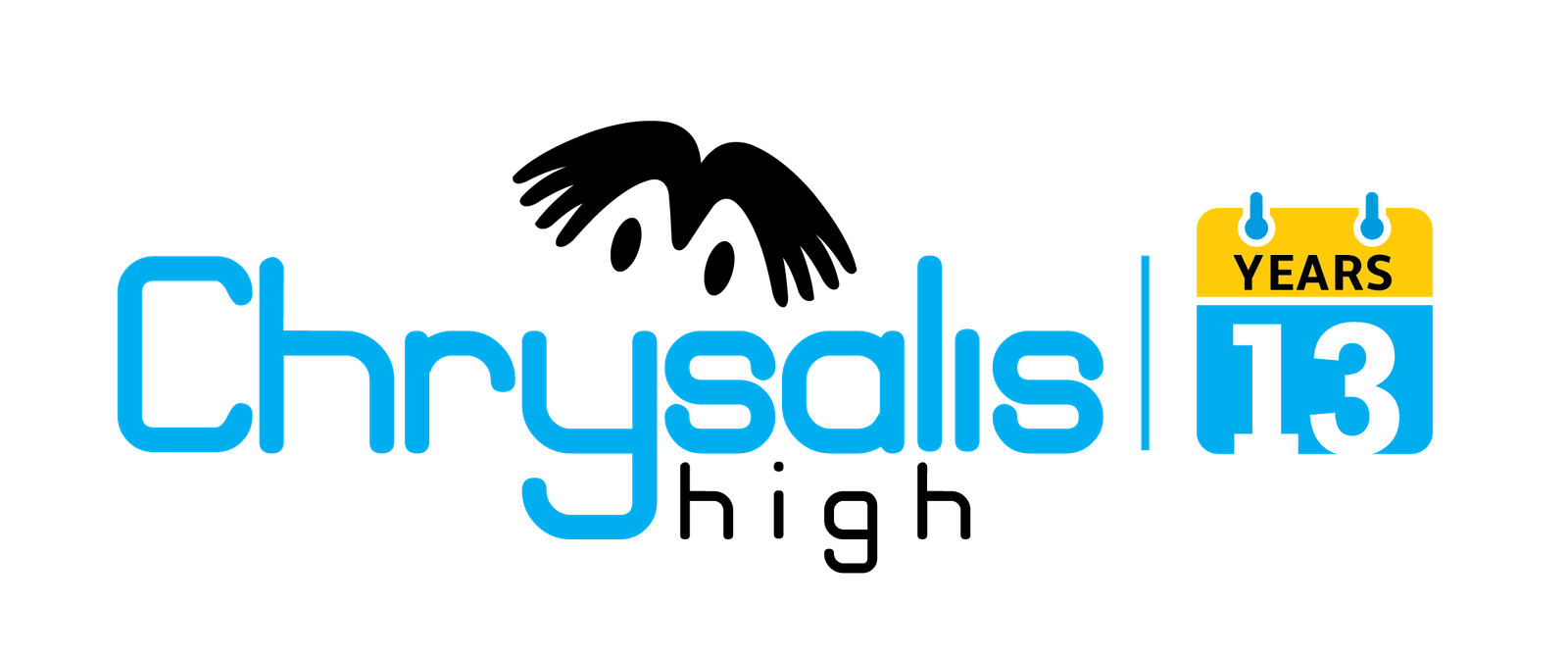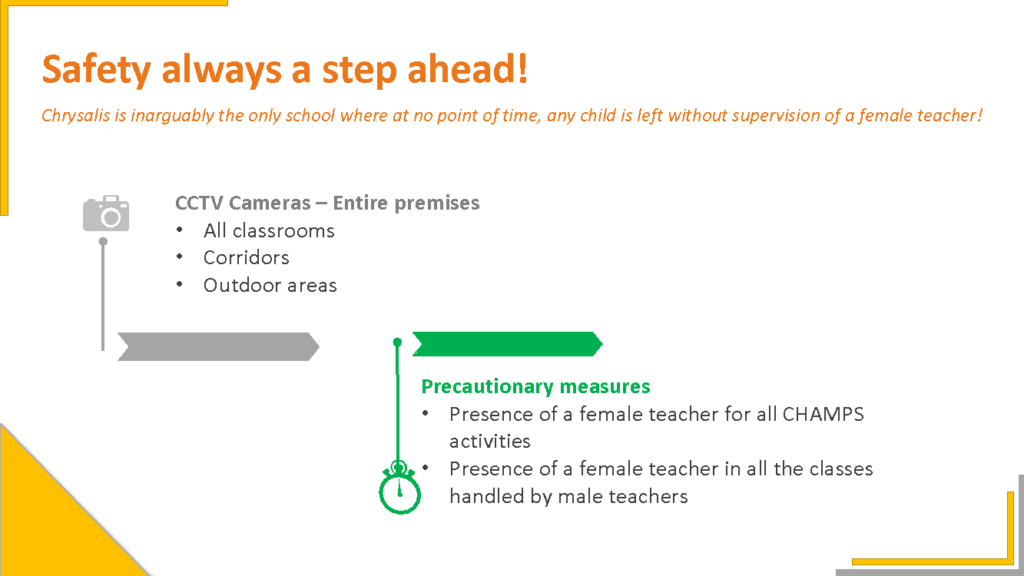Discussions about STEM vs STEAM are more critical than ever in today’s rapidly changing academic landscape. STEM, which stands for Science, Technology, Engineering, and Math, has long been the most essential part of modern schooling. However, adding the arts to make STEAM has caused a debate about which model best prepares students for the difficulties of the 21st century. This talk is critical as schools look at new ways to teach to encourage imagination, innovation, and the ability to think critically and solve problems.
Defining STEM
Understanding STEM’s history and main goals is a necessary first step in defining STEM. STEM education came from needing more people with science and technological skills. STEM education teaches students to think critically, solve problems, and analyze information. It pushes students to study fields that lead to new ideas and technological advances. STEM classes are meant to give students a solid background in math and science. It ensures that students are ready to deal with complex real-life issues. Educators frequently emphasize the value of methodical research, experimentation, and thorough analysis when defining STEM methods.
Introducing STEAM
STEAM builds on the STEM framework by adding the arts to the usual science and technology lessons. Design and creative thought are part of it, as well as the visual and acting arts. Some people say that including artistic points of view makes people more creative, helps them think of new ways to solve problems, and makes learning more complete. STEAM tries to make people who are not only good at math and science but also flexible and creative minds by combining creativity with scientific study. Drawing links between different subjects is something that this method helps students do. It keeps you interested in learning and helps you use what you learn in many real-life situations.
Comparative Analysis: STEM vs. STEAM
A comparison of STEM vs STEAM highlights key differences in teaching strategies, student involvement, and practical application:
- Teaching Methodologies: STEM is all about organized, data-driven learning. It depends on lab work, tests, and a methodical approach to fixing problems. STEAM brings together learning technical skills with exploring creativity. It supports projects that use both scientific concepts and artistic design.
- Student Engagement and Creativity: STEM fields stress the importance of logical and critical thinking. It might miss artistic speech sometimes. STEAM gives students a lot of different ways to learn, which makes school more fun. It creates an atmosphere where students can be artistic while learning technical skills.
- Real-World Applications: STEM classes help students prepare for jobs in science, technology, engineering, and math. It puts a lot of emphasis on study and new ideas. By combining artistic design and creativity, STEAM makes it easier to solve problems. It prepares students for problems across multiple fields in a world setting that is constantly changing.
Understanding STEM vs STEAM enables teachers to create lessons that combine accuracy and imagination. It makes sure that students learn a wide range of skills.
Benefits of STEAM Education
The benefits of STEAM education go far beyond helping students do well in school. It teaches students skills that are useful in today’s world. Some significant benefits are:
- Enhanced Creativity and Innovation: Students learn to think critically and creatively. Projects often need one-of-a-kind design ideas that push people to think outside the box.
- Improved Social and Emotional Skills: Group projects and artistic partnerships help people work together and talk to each other. The arts can help people become more empathetic and emotionally intelligent.
- Broader Career Readiness: STEAM helps kids prepare for jobs that need technical skills and artistic ways to solve problems. Including the arts in school helps kids get ready for a wide range of work settings.
The main benefits of STEAM education are that it helps students become well-rounded and ready for a world that is changing quickly.
Benefits of STEM Education
Similarly, the benefits of STEM education are essential for creating a staff that is good with technology. Some highlights are:
- Strong Analytical Foundation: STEM puts a lot of emphasis on using logic and numbers to solve problems. It gives kids the skills they need to solve complex scientific questions.
- Career Opportunities in High-Demand Fields: STEM subjects help students prepare for jobs in science, engineering, and technology. It makes sure that grads understand the ideas that drive modern progress.
- Focus on Real-World Problem Solving: STEM supports using what you’ve learned in the real world. It helps people learn skills that can be used immediately to solve world problems.
One of the benefits of STEM education is that it helps kids learn in a structured, methodical way, which is still essential in many advanced scientific and technical areas.
Challenges and Criticisms
Both methods have clear benefits, but implementing them still has problems. Some people say that standard STEM education isn’t excellent because it focuses too much on technical skills. It can make learning less broad, hurting imagination and emotional intelligence. Some people say that if STEM education doesn’t focus on the arts, it could lead graduates who are great at math but can’t speak well or think artistically.
On the other hand, some teachers wonder if adding the arts to STEAM might make the complex science and technology training that STEM offers less valid. Combining different subjects takes careful planning of the program and enough resources, which can be challenging for schools that don’t have a lot of money. There is also an ongoing debate about whether teachers have the cross-disciplinary skills to teach a STEM vs STEAM program successfully.
Current Trends in Education
More collaborative and experiential learning methods are becoming more popular as trends in education worldwide. More and more schools use project-based learning, which works well with STEM and STEAM methods. Skills like creativity, teamwork, and critical thinking—all essential to STEM and STEAM education—are being prioritized in educational changes worldwide, including in India.
Recently made policy and curriculum changes in India show that the country is becoming more aware of how important it is to combine technical and artistic topics. This change aims to ensure that grads are not only good at technology but also able to think creatively and solve problems in international, complex settings. These trends in education show how important it is to use both STEM and STEAM fairly.
Recommendations for Schools
Schools can use several tactics to manage the STEM vs STEAM debate successfully:
- Invest in Professional Development: Regularly train teachers to use diverse teaching methods. Encourage people to attend classes focusing on designing artistic projects and incorporating technology.
- Redesign Curriculum: Make modules that combine artistic expression with science study. Use project-based learning so students can use technical and artistic skills to solve problems.
- Increase Resource Allocation: Spend money on multimedia labs and art-integrated science places to help STEAM programs run smoothly. Get money and form partnerships with companies and community organizations in the area.
- Adopt Diverse Assessment Strategies: Use review methods that recognize and reward expert skills and new ideas. Along with standard tests, include peer reviews, talks, and portfolio reviews.
Conclusion
In short, the STEM vs STEAM argument reflects changing educational needs. STEM gives students a strong background in technical topics, but STEAM adds to that background by including creative and artistic aspects. Both ways have their perks that help students get ready for the difficulties they will face in the future. As new trends in education push for learning across disciplines and hands-on experiences, teachers need to find a balance between these two ways of thinking. In this way, schools can help kids become thinkers who are good at thinking creatively and fixing problems.
FAQs
What is the main difference between STEM and STEAM education?
STEM focuses on technical skills, while STEAM includes a variety of art forms to encourage imagination, innovation, and problem-solving across subjects in the classroom.
How does integrating the Arts benefit STEM education?
Adding the arts to STEM education improves by supporting creative thought, different points of view, more participation, and new, all-around problem-solving.
Are there any challenges in adopting STEAM over STEM?
Problems include insufficient resources, the need for specialized teacher training, the difficulty of redesigning the curriculum and finding the right balance between technical seriousness and artistic integration.
How can schools effectively transition from STEM to STEAM?
Schools should spend money on professional development for teachers, add creative projects to their lessons, get more money, and form partnerships with community members with a stake in the schools.


